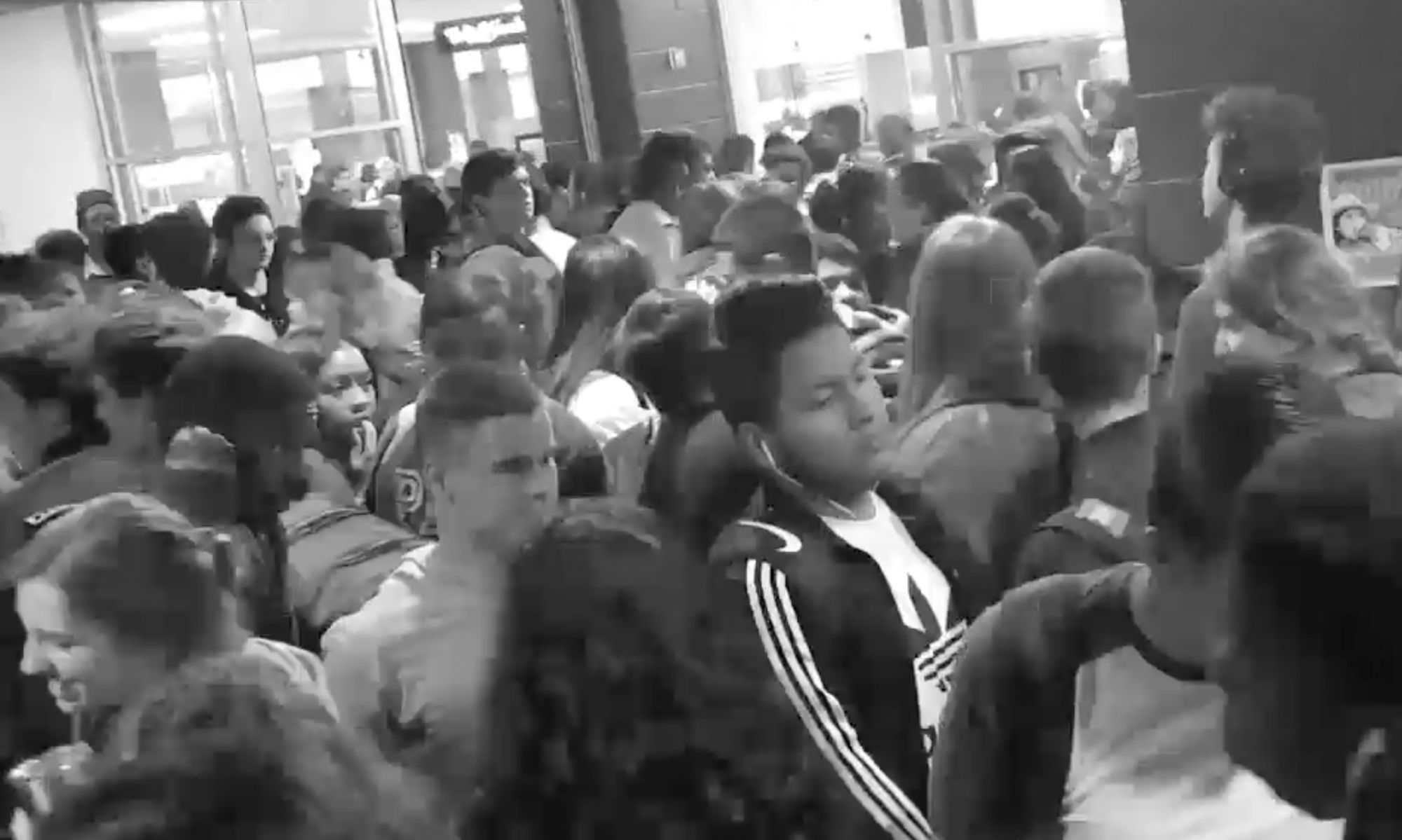Kimberly Bolyard’s statement to City Council on 11/28, in response to building a mega school.
Engagement in school declines as students move from elementary school, to middle school, to high school. High school students are an at-risk population for dropping out of school. Research shows that large schools are a factor contributing to high truancy and drop-out rates. When students establish personal relationships with teachers and staff, truancy rates decline. It is harder to build these personal relationships at large schools.
What are the costs of truancy and high drop-out rates for our students? These youth tend to commit more crime and have an increased frequency of substance abuse. As adults, they are more likely to be in poorer health, to be incarcerated, and to live in poverty. Society also incurs increased costs associated with high truancy and drop-out rates. Society experiences a less educated workforce, loss to businesses due to youth vandalism and shoplifting, social services costs to families of truant youth, and decreased state and federal funding for education because this funding is based on enrollments.
There have been many studies researching the effectiveness of large schools, as the recent trend has been to consolidate schools across the United States. In the past 75 years or so, the number of schools in the U.S. declined from about 250,000 to about 95,000 while at the same time the student population (k-12) increased from 28 million to more than 53 million. Much of the consolidation was driven by claims that larger schools have lower per-student costs. Data on the effects of consolidation; however, show that smaller schools tend to have better student outcomes than larger schools. Thus, if we take drop-out rate into consideration, the cost-effectiveness of smaller schools is better.
A study of North Carolina schools found that larger schools are not more efficient in the delivery of quality education programs. In terms of student outcomes, large schools are not better, and may be worse, than medium and small sized schools in terms of delivering a quality education. In addition, larger schools are more likely to have worse student behavior. For example, large schools have higher drop-out rates and their principals report more difficulties with student physical conflicts, vandalism, drug use, and teacher absenteeism.
According to the U.S. Department of Education website, larger high schools, especially ones that serve low-income student populations, “have disproportionately lower achievements and higher incidences of violence than smaller schools serving similar student populations. […] In small schools, students tend to be more satisfied, more academically productive, more likely to participate in school activities, better behaved, and less likely to drop-out than students in large schools.” The overall result is that even though smaller schools have an initial higher cost per student, their cost per graduate is lower than that of larger schools.
The overall conclusion that we can draw from this research is that students are more likely to thrive and to graduate when they are not in large schools. Our current high school is very large and crowded, at more than 400 students over capacity. Building a second high school will give our students a chance to get to know their teachers, office clerks, and cafeteria staff, increasing the chances that they will feel connected to their school and be held accountable for attending school. It will give them more opportunities to participate in sports, plays, and clubs. A second high school will provide our youth with a better chance to engage in meaningful extracurricular experiences and will help us avoid the costs associated with high truancy and drop-out rates. Our youth are important as they will be our future business owners, city council representatives, and neighbors, and they will be more successful if they have a high quality high school education experience.
Smaller schools are more cost-effective per graduate than larger schools. And we want our youth in Harrisonburg to be high school graduates, not high school drop-outs.
For more information:
School Size: Research Based Conclusions by The Rural School and Community Trust (2003).
School Size: Archived Information by the United States Department of Education (2009).

Well said with good research citations.